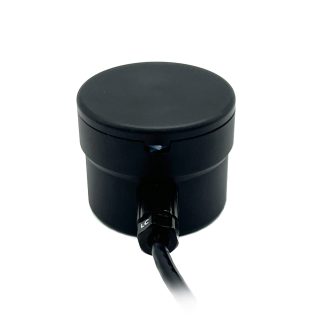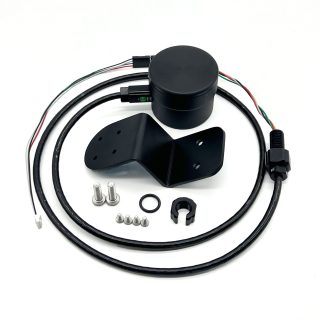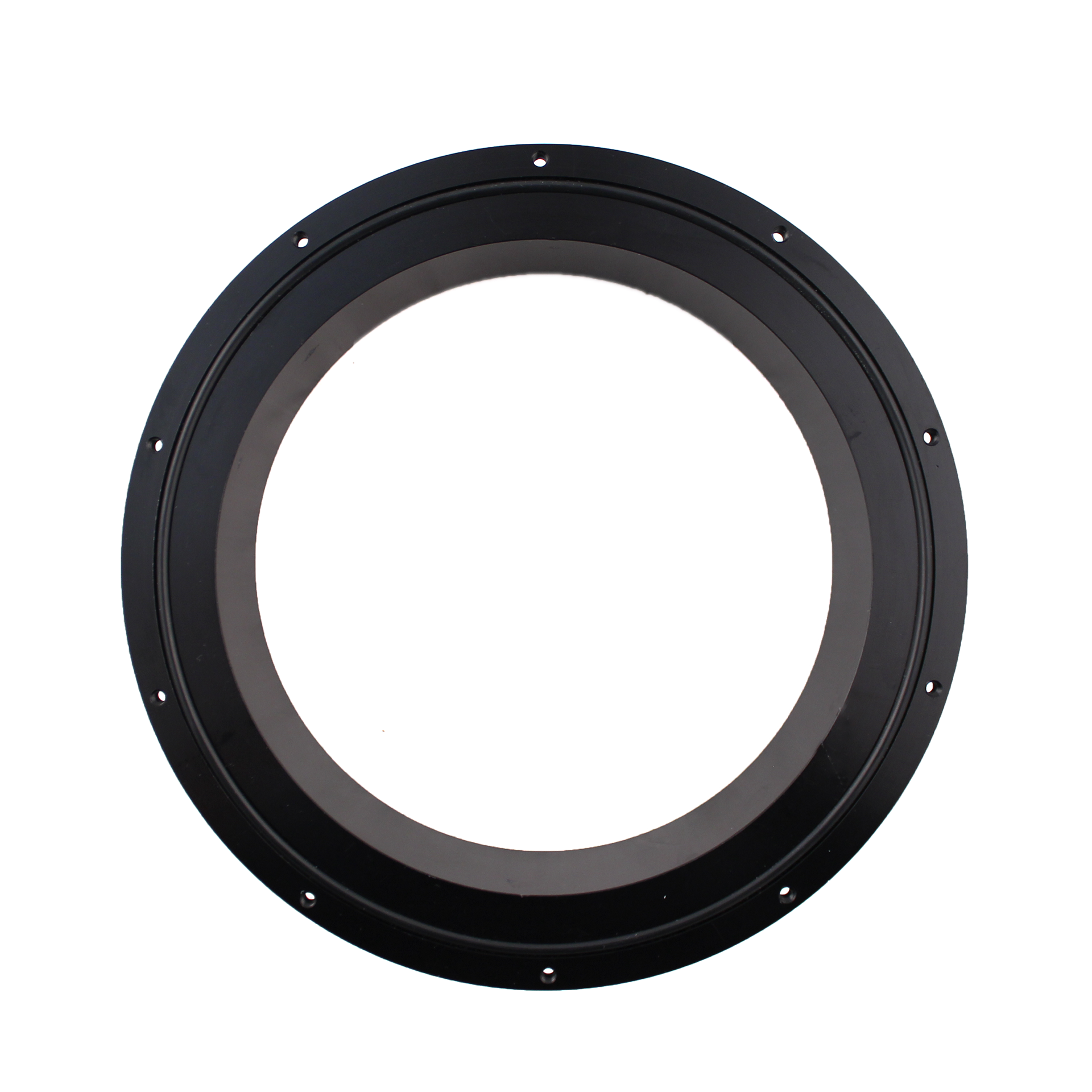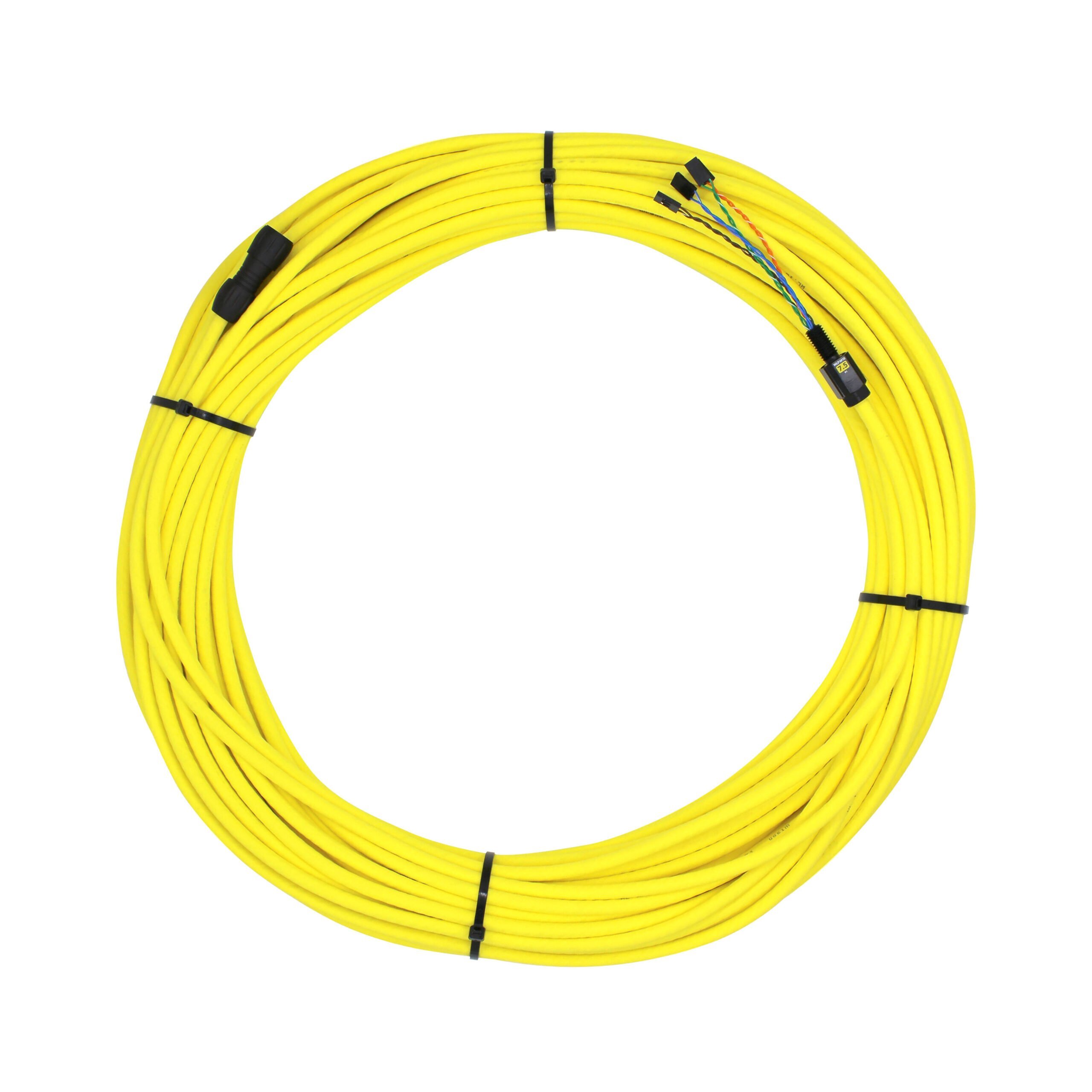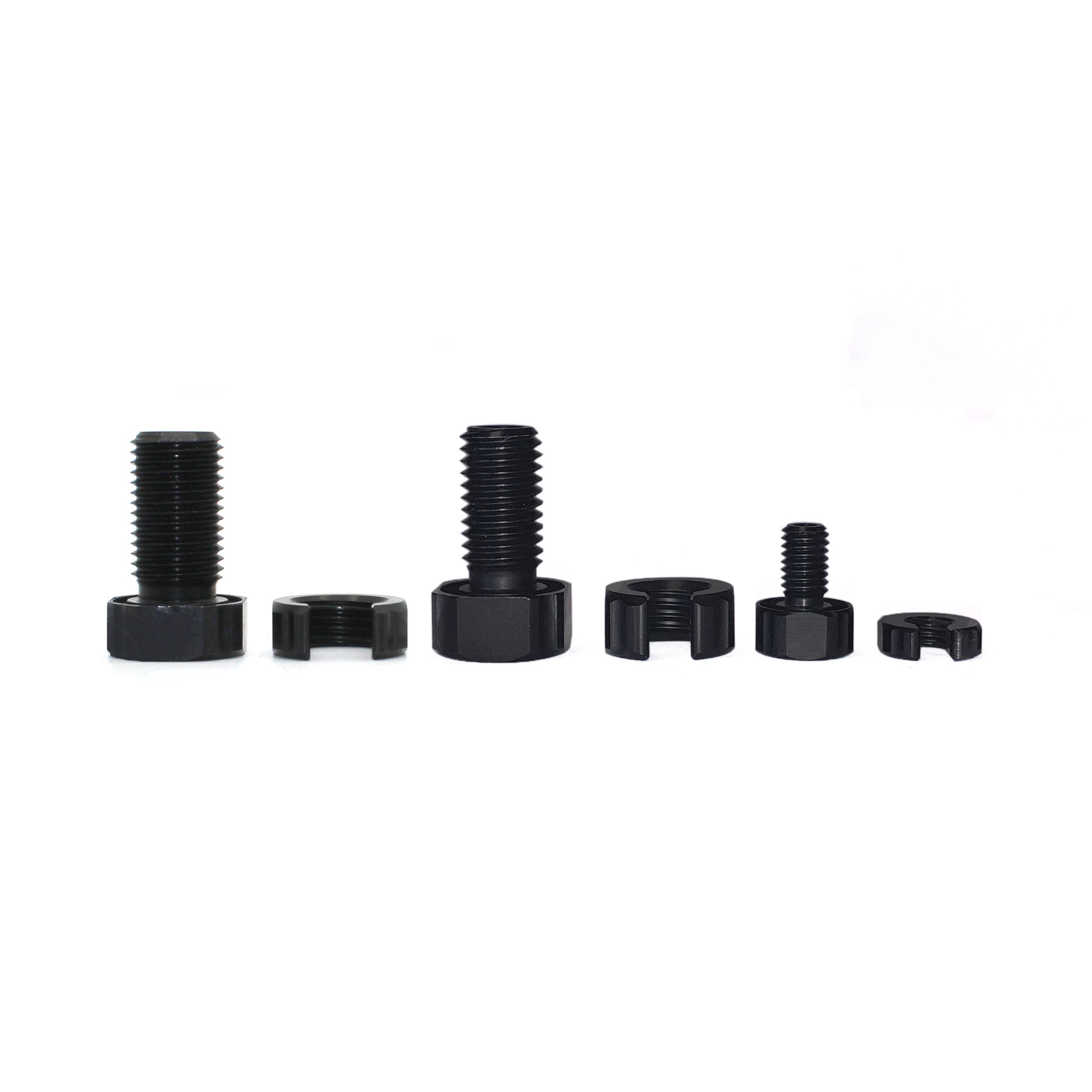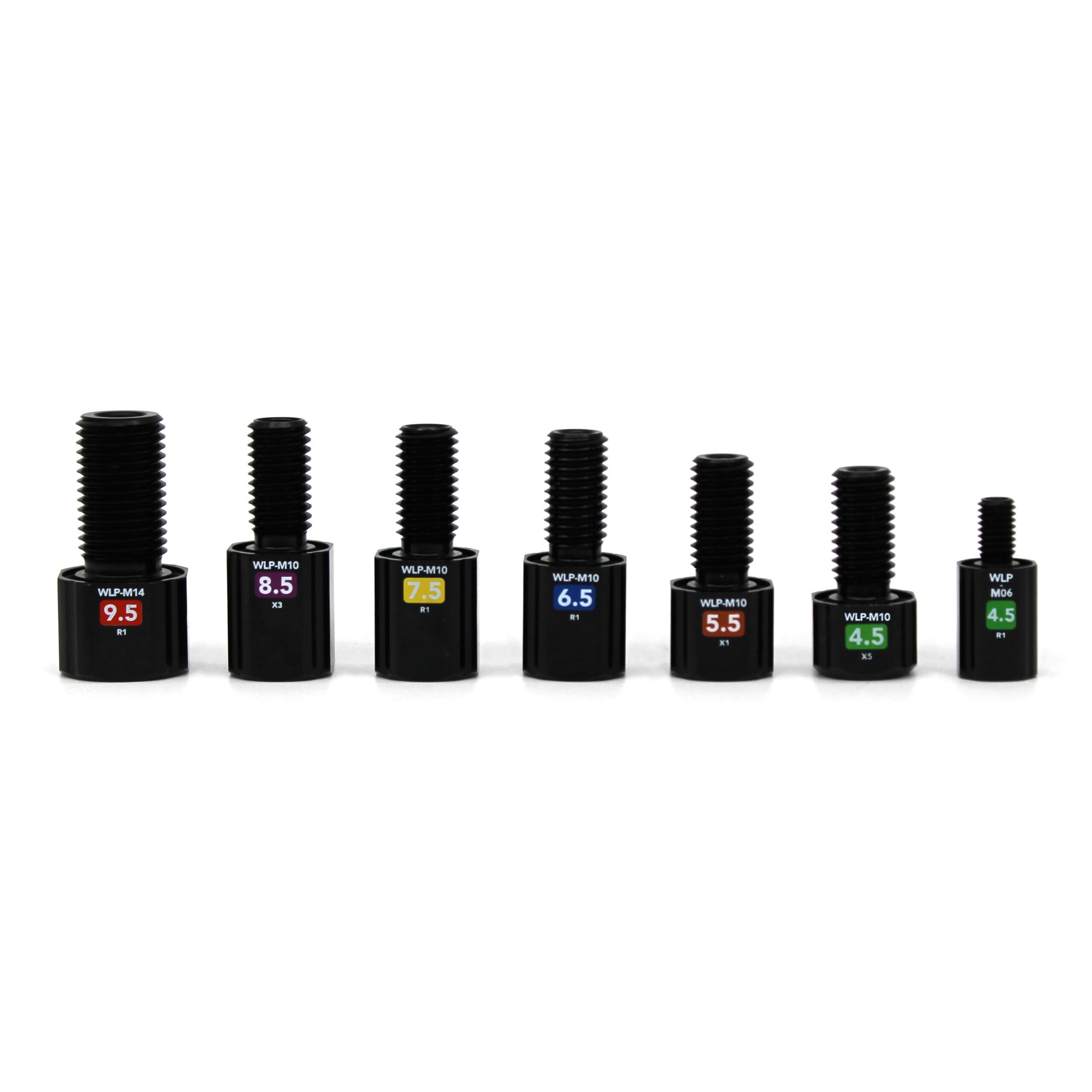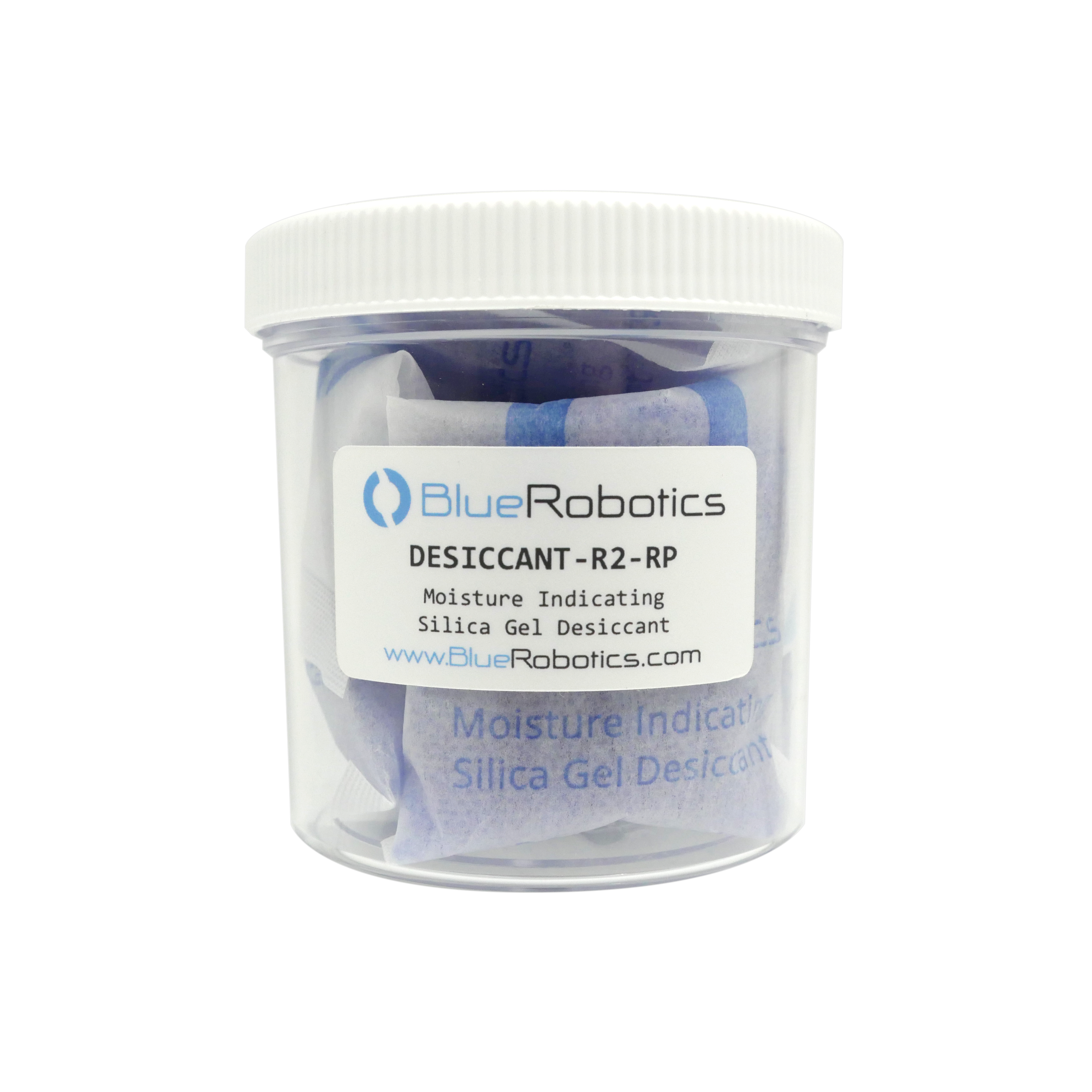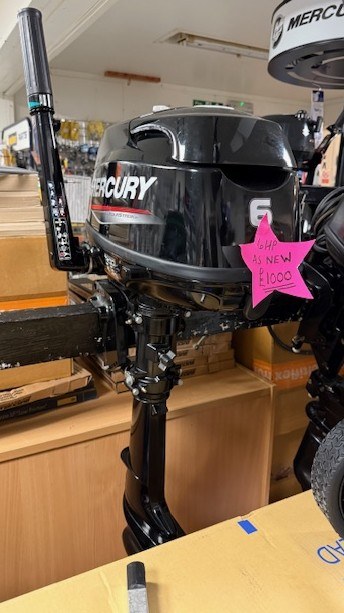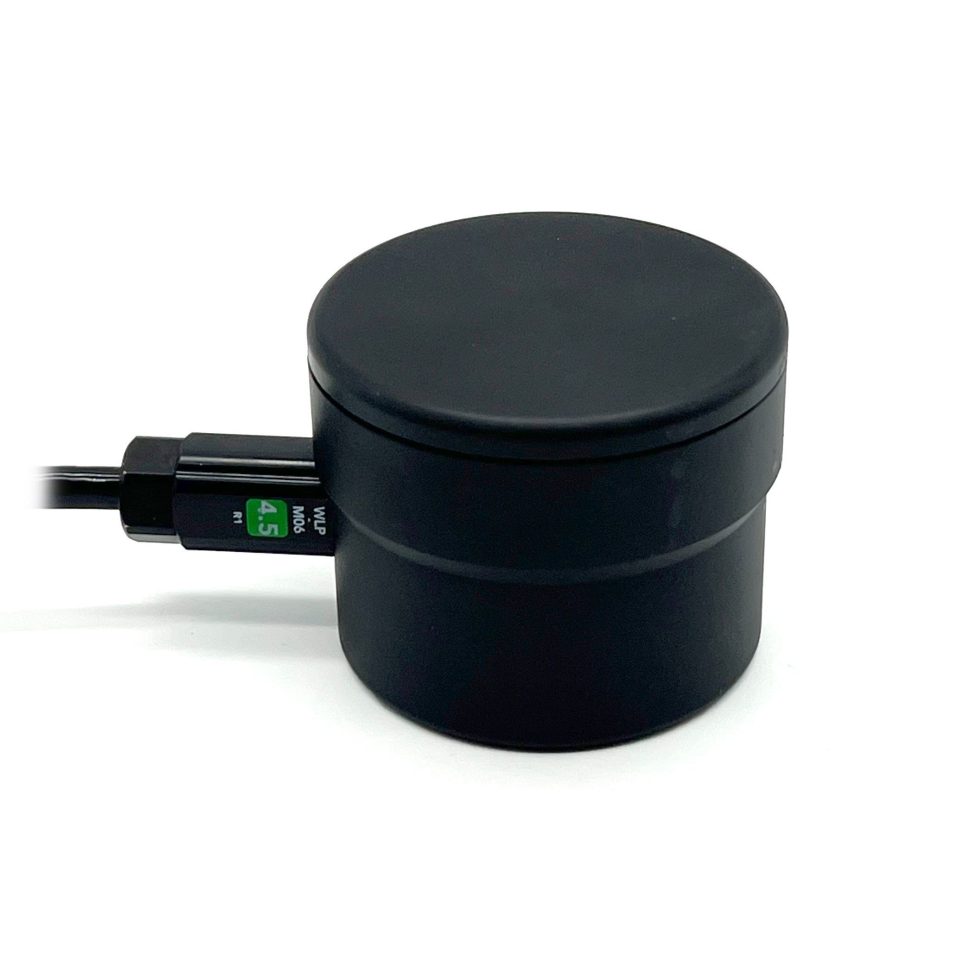
Products
Ping Sonar Altimeter and Echosounder
Product Description
The Ping Sonar is a multipurpose single beam echosounder. It can be used as an altimeter for ROVs and AUVs, for bathymetry work aboard a USV, obstacle avoidance on autonomous vehicles, and other underwater distance measurement applications. The Ping Sonar combines a compact form factor and 300 meter depth rating with an open-source software to create a powerful new tool for marine robotics!
What is a Single Beam Echosounder?
An echosounder, like the Ping Sonar, is one of the simplest forms of underwater sonar. It operates by using a piezoelectric transducer to send an ultrasonic acoustic pulse into the water and then listens back for echoes to return. With that information, it can determine the distance to the strongest echo, which is usually the ocean floor or a large object. It can also provide the full echo response (echo strength versus time) which can be plotted like the display of a fishfinder sonar.
Designed for the Depths
The Ping Sonar uses a 115 kHz transducer frequency, away from those used on most boat echosounders to avoid interference. It has a measurement range of 100 meters (328 feet) and a measurement beamwidth of 25 degrees, perfect for applications on a rocking boat or for obstacle avoidance. An advanced bottom-tracking algorithm runs on the device to determine the distance to the seafloor, even in complicated situations with multiple echoes.
The Ping Sonar is housed in a rugged hard-anodized aluminium enclosure with a 1 meter (3.3 feet) cable and a pre-installed WetLink Penetrator. It has four threaded mounting holes and comes with a mounting bracket and hardware for easy installation on the BlueROV2. The included header pin to JST GH adapter makes it easy to plug into the USB to Serial and RS485 Adapter.
Using the Ping
The Ping can be connected to a microcontroller device, such as an Arduino, or to a computer through a BLUART USB to Serial adapter.
Once connected, we recommend getting started with Ping Viewer, an open-source application developed specifically for Ping devices. Ping Viewer makes it easy to view the output, record data, and change settings on the Ping and runs on Windows, Mac, and Linux. The Ping Sonar can be connected to Ping Viewer directly or over a network connection routed through BlueOS, so that you can use the Ping on the ROV without using any additional wires in the tether.
For those who wish to integrate the Ping Sonar into other systems, it communicates with a binary message format called Ping Protocol. We’ve made C++, Arduino, and Python development libraries for Ping Protocol to get you up and running almost immediately.
Technical Specifications
FAQs
Didn't find your answer?
Don't hesitate to contact us.
You May Also Need
Related Products
Can't see what you need or have a query? Please just get in touch…



